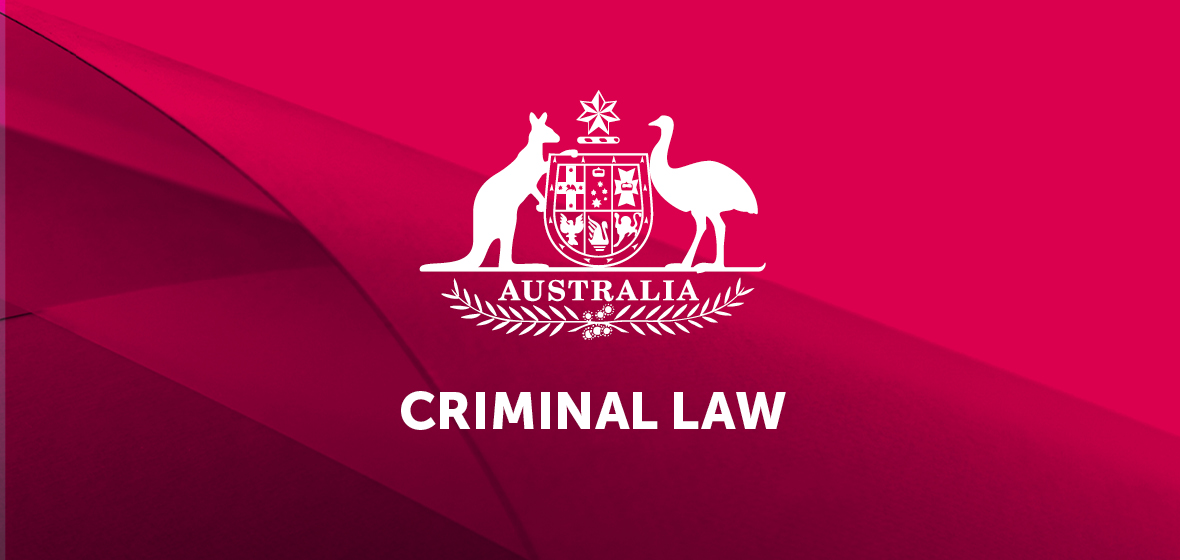Key decisions
- DPP v Ridley [2015] NSWSC 1478
- R v Gallagher; R v Burridge [2015] NSWCCA 228
- Harkins v R [2015] NSWCCA 263
DPP v Ridley [2015] NSWSC 1478
In Ridley, Adamson J considered the respective obligations of advocates and the bench when dealing with evidence during and after the voir dire in Local Court hearings.
The accused was charged with driving under the influence of alcohol. At the hearing in the Local Court it was agreed that the whole brief of evidence could be tendered on the voir dire, rulings about admissibility made, and argument could then proceed on the basis of the evidence duly admitted. There were a number of issues in the hearing, mostly turning on whether the provisions of the Law Enforcement (Powers and Responsibilities) Act 2002 (NSW) (LEPRA) were complied with and, if they were not, whether the evidence should be admitted anyway.
The magistrate identified the arguments taken on the voir dire as ‘technical’, though no less valid for that reason and accordingly ‘[n]ot without some misgivings’ acquitted the accused – but crucially failed to undertake a detailed analysis of which evidence was, and was not, admissible. The prosecution appealed.
In allowing the appeal and remitting the matter to be heard according to law, Adamson J helpfully set out (at [41]) the seven steps required when dealing with evidence on the voir dire. The error in the present case was that the magistrate gave an ‘omnibus’ decision about the evidence and had failed to have the accused’s representative identify, with particularity, the evidence objected to and the basis for those objections. Her Honour also set out (at [54]) the obligations of counsel with respect to the admissibility of evidence, and in particular the obligation to make clear the scope and basis for objections, and to grapple with the submissions made by the prosecutor.
Finally (at [59]), after having set out the obligations of the parties and the bench in relation to the voir dire, her Honour set out 11 steps (of which her Honour found the magistrate had overlooked the first eight) which the court is obliged to undertake when dealing with the evidence the court has determined is admissible during the voir dire.
The decision is helpful for experienced and inexperienced practitioners alike. It provides a procedural template about the obligations of the respective parties when dealing with objections to evidence in the Local Court and the importance of a step-by-step process to ensuring a fair hearing.




